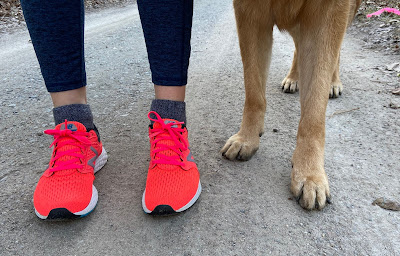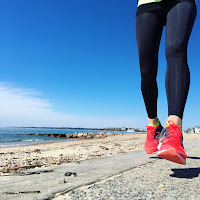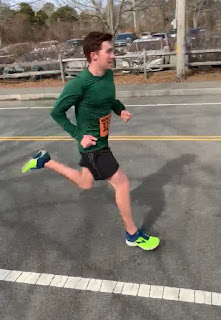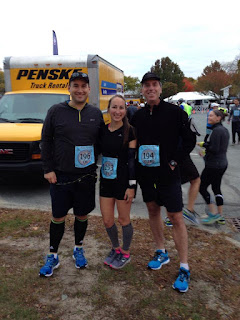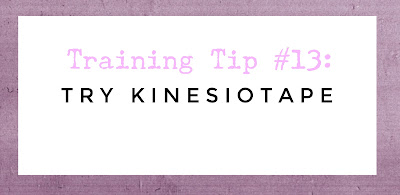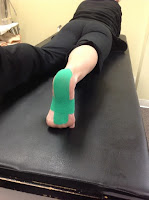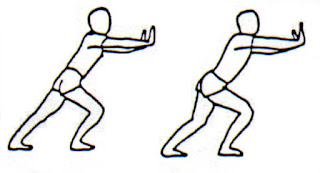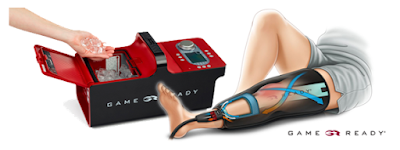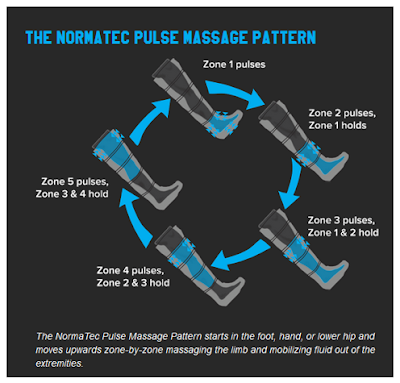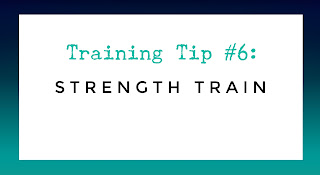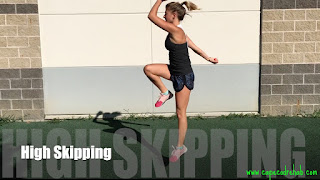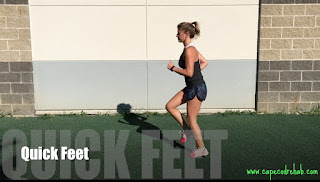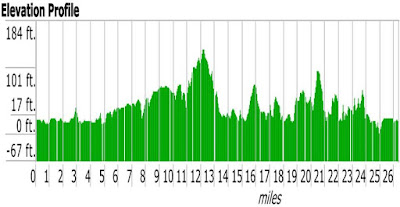quarantine! The beach parking lots may
be closed but the roads are always open and it’s great to see so many new
people running, walking and biking.
watching Netflix all day or sitting at a desk working from home for 8 hours
straight, it’s important to get out of the house for some fresh air, Vitamin D
and get the blood flowing as long as you are not sick or at-risk of spreading
the virus.
the unwritten rules of the road:
Travel on the correct side of the road.
or don’t follow this rule. Not only is
it much safer, in some states it’s even a law.
And with social distancing being such a hot topic right now if everyone is
on the wrong sides of the road, it’s more difficult to avoid close contact when
passing fellow runners and walkers. It’s
always best to run or walk on the sidewalk but on roads without them, travel on
the side of the road so you can see the cars coming towards you. Don’t assume drivers can see you. Stay alert and be ready to jump out of the
way from distracted drivers.
Keep your dogs on a leash.
them on a leash. It doesn’t matter how
well behaved you believe your pet is, a charging dog and one misstep can lead
to an injury and a few weeks of recovery.
Many leashed dogs are triggered by off-leash dogs so even if you’re dog
is friendly, another dog could react. On
a similar note, for goodness sake pick up your dog’s poop!
Wear a mask to cover your nose and mouth…
even outside.
face coverings in public settings where other social discancing measures are
difficult to maintain to reduce the spread of the virus from spreading between
people interacting in close proximity.”
If you’re running on crowded sidewalks or trails, it may be difficult to
follow the 6-foot rule. Play it safe and
cover your nose and mouth with a mask, BUFF or other breathable face covering
especially when approaching/passing others because COVID-19 can be transmitted
outside through the air if someone coughs or sneezes.
Get comfortable running alone.
solo and ditch the running group and training partners. Need that motivation to get out on the door? Check in with your run buddies daily. Create Facebook accountability groups. Follow your friends on Strava. Some run clubs are even doing virtual runs. And you’re worried about running alone for
safety reasons, there are different apps and GPS watches that send tracking so
others can keep track of your whereabouts.
My family uses the Road iD app which sends “ecrumbs” so we can follow
along. The app even sends an alert if
you are stationary for more than 5 minutes.
I also bring along mace (I only recommend it if it’s legal in your state
and if you’re familiar with using it) and my scary 80-pound pup to keep me feeling
safe.
If you’re out at night, see and be seen.
National Safety Council the chances of being struck and killed as a pedestrian
increase 1100% after dark? Some runners are practicing social distancing by waiting
until dark to run outside in hopes that they will encounter less people on the
roads, just make sure you invest in a good headlamp and some reflective gear.
If you’re driving, yield to pedestrians
at the crosswalk.
law, it’s rude! Just a personal daily run
frustration that I had to mention.
Acknowledge your fellow runners and
walkers.
nice. A smile or wave is even better. You may be suffering
but we suffer together. The running community is special and we’re all out
there for different reasons with different goals but even alone we are all in this together and I believe it is absolutely necessary to at least acknowledge those
that are out there pounding the pavement with you.
by Jen Skiba.

